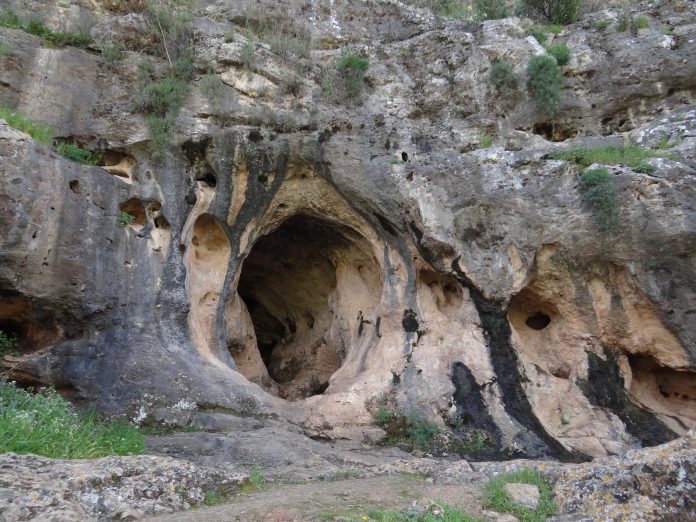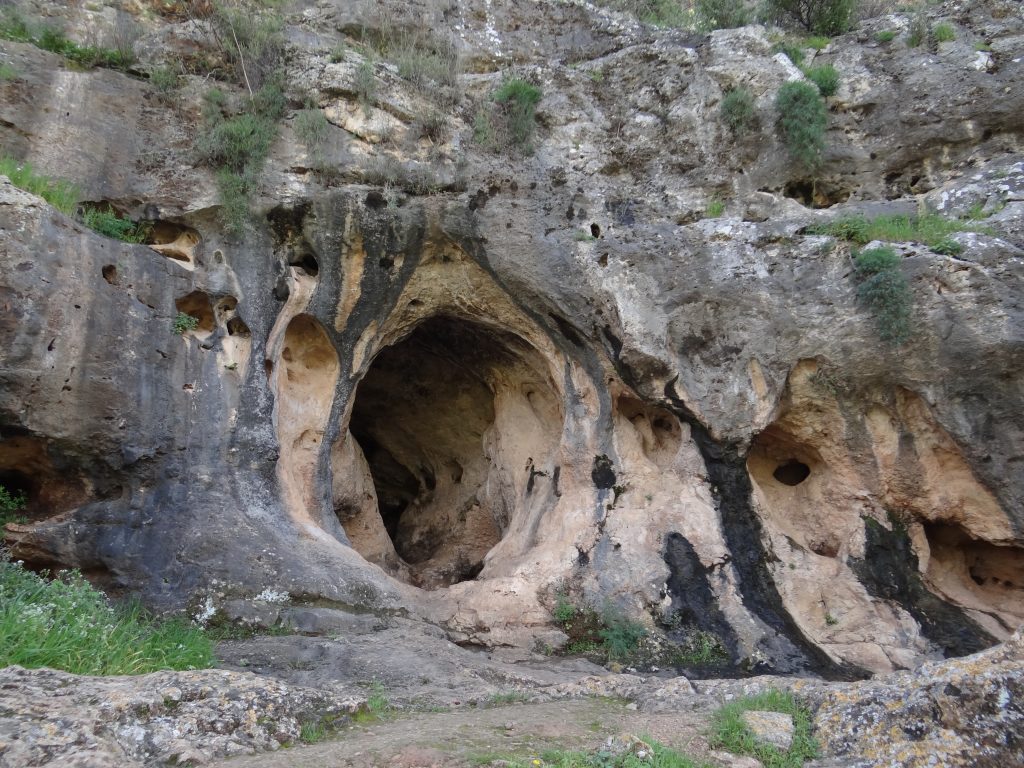
A child’s skull, discovered almost a century ago in Skhul Cave on Mount Carmel, Israel, is redefining human evolution. “The bones at the base of the skull that position the neck… and the bones of the inner ear (the labyrinth) are usually Homo sapiens,” according to Anne Dambricourt Malassé. “The mandible, however, is characteristically Neanderthal; there is no chin, the dental arch is wide and rounded, and the attachment to the skull base is much less vertical.” This has sparked a fresh controversy: was this 5-year-old girl a result of interbreeding between Neanderthal and Homo sapiens, and what does her burial indicate about the minds of our ancient forebears?
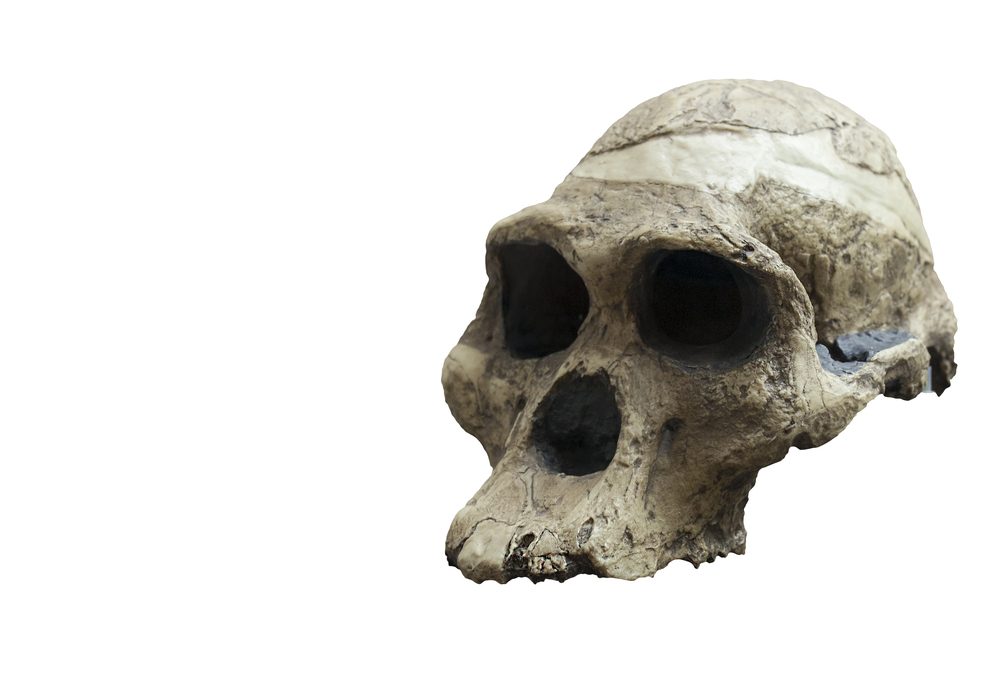
1. Hybrid Morphology: Evidence of Interbreeding
The Skhul I child, dating to around 140,000 years ago, was originally classified as an anatomically modern human. Yet, recent CT scans and 3D morphometric analyses reveal a mosaic of features: the neurocranium aligns with Homo sapiens, while the jaw is distinctly Neanderthal. The cranial profile and vascular networks show Neanderthal affinities, but the bony labyrinth and external auditory features are modern human. Notably, the mandible’s backward-tilted planum alveolare and wide, rounded dental arch are archaic traits, also seen in other Skhul children. These findings, based on advanced morphometric methods, highlight the power of quantitative cranial analysis in paleoanthropology, allowing researchers to detect subtle hybridization signals that traditional typology might miss.
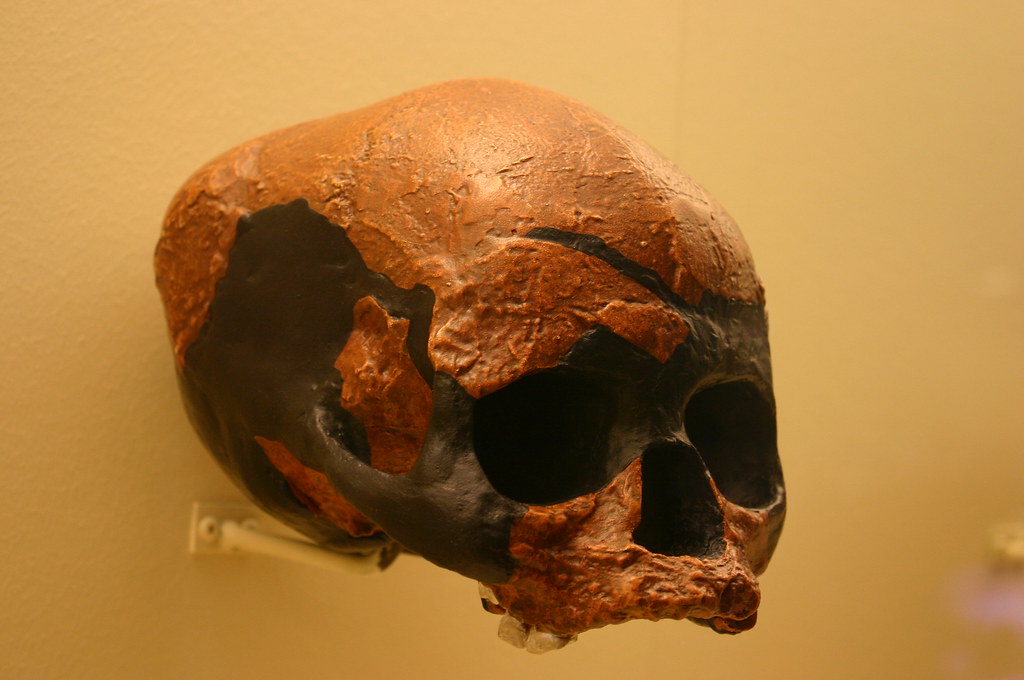
The synergy of characteristics prompted the research team to hypothesize that the Skhul I child was a member of a “paleodeme,” a regional population with large gene flow between species, instead of falling squarely into some particular Homo taxon. As Malassé succinctly states, “Genes control the formation of the bones of the inner ear and mandible in the fetus. The control is different in Homo sapiens and Neanderthals.” [In the Skhūl child,] genes of Homo sapiens constructed the inner ear and genes of Neanderthals constructed the mandible. So she’s a hybrid.
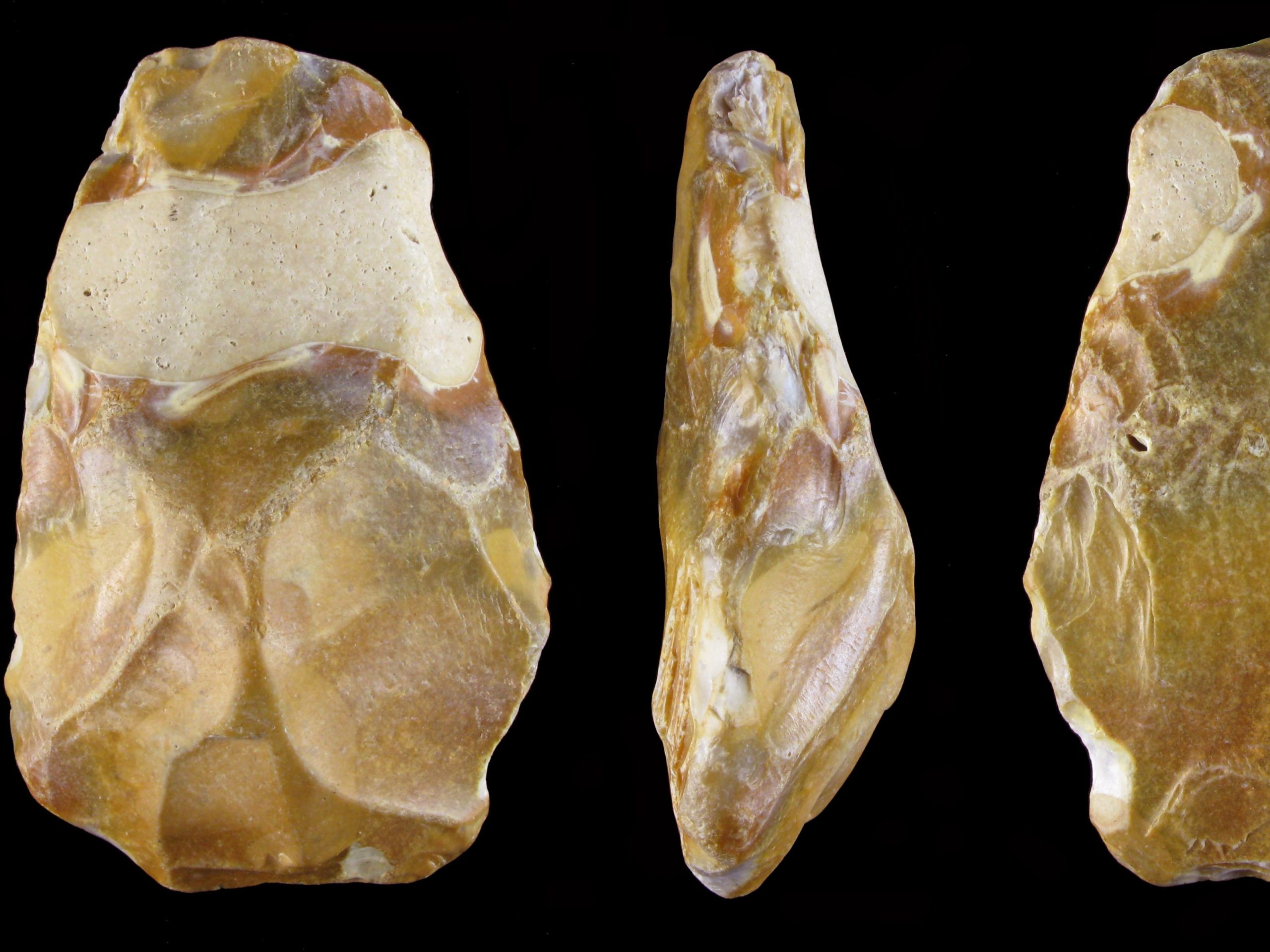
2. The Oldest Known Cemetery: Ritual and Symbolism in the Middle Paleolithic
The burial context of the Skhul child is also revolutionary. Skhul Cave is thought to be the location of the oldest known ritualized human cemetery, with at least ten individuals deliberately buried. The remains were discovered in shallow graves, at times in a fetal position, and without any signs of special treatment, setting the hybrid child apart from others. This opposes the belief long held that ritual burial was reserved only for modern Homo sapiens. As Malassé observes, “We do not know who buried this child, whether this site where the body was buried was that of a single community, or whether communities of several lineages, but which lived together and had contacts or even unions, had common rites and feelings.” The occurrence of ochre, animal bones, and burial offerings in contemporaneous sites such as Tinshemet and Qafzeh Caves also testifies to the evolution of complex death behaviors in the Middle Paleolithic. Archaeologists recognize these initial burial grounds now as manifestations of symbolic thinking and social memory on the part of both Neanderthals and early modern humans.
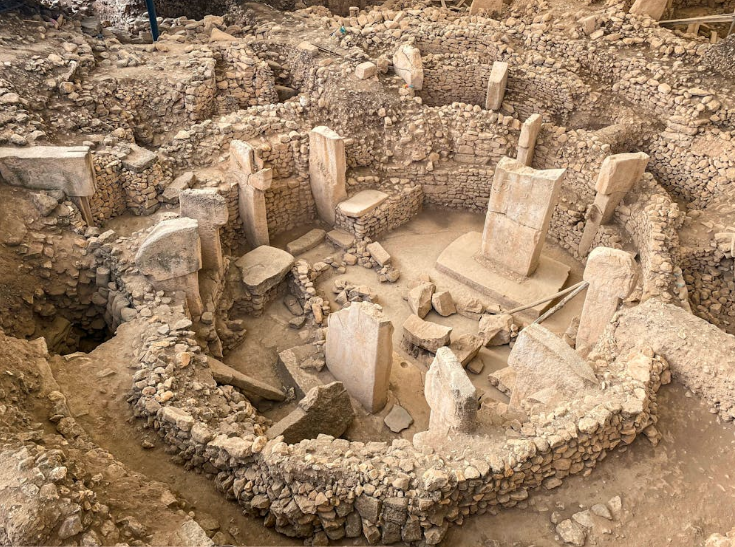
3. The Levantine Corridor: A Hominin Contact Crucible
The Skhul find emphasizes the Levant’s role as a corridor for migration and a contact zone. This area, which connects Africa, Asia, and Europe, was continually occupied by both Homo sapiens and Neanderthals, as evidenced by fossil and archaeological findings at locations such as Misliya, Qafzeh, and Tinshemet Caves. Ecological niche modeling and genetic analysis indicate that the Levant’s geography and climate were conducive to population overlap and mating due to climatic instability. As one study notes, “In the Middle Pleistocene, the Levant was the crossroad of gene flows between Indigenous lineages and other taxa from Africa and Eurasia, which is likely the explanation for Skhūl I anthropological.” The archaeological richness of the region is equaled only by its importance as a cultural and biological exchange zone.

4. Morphometric and Imaging Advances in Paleoanthropology
The reassignment of the Skhul child was facilitated by advanced morphometric analysis and high-resolution CT scanning. These methods permit detailed comparison of cranial and mandibular anatomy in fossil specimens, unearthing patterns of hybridization that may otherwise go unnoticed. Principal component and discriminant function analyses, used on 3D models, measure the degree of similarity between fossil and living hominin groups. Such methods have transformed the discipline, yielding a more subtle interpretation of morphological variability and evolutionary relationships.
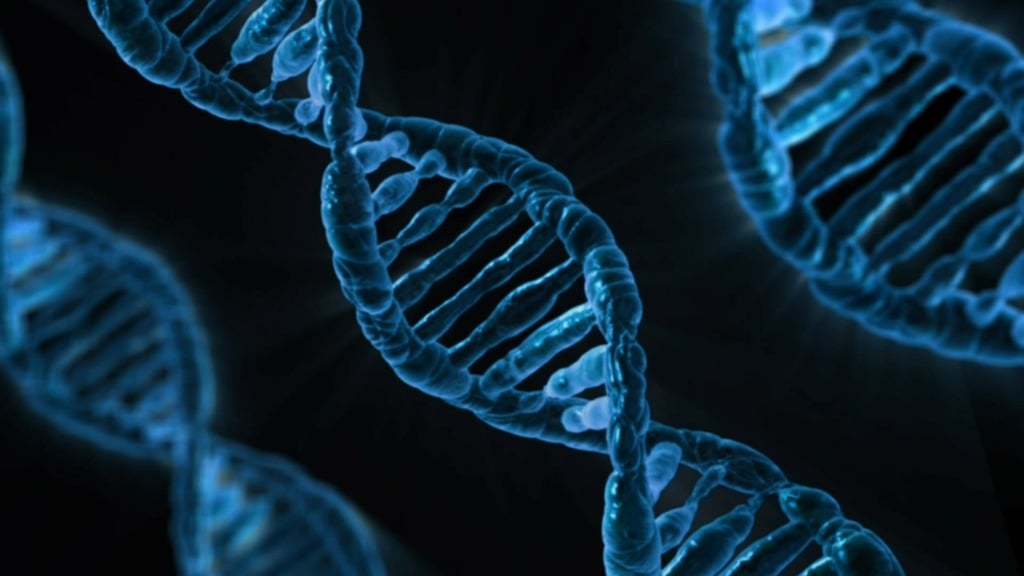
5. Ancient DNA: Promise and Limitations
Even with the intriguing anatomy, final verification of hybrid status would lie in ancient DNA analysis. As Malassé describes, however, “No attempt has ever been made to analyze the DNA of the neurocranium; it is sufficiently preserved to allow the removal of bone from the petrous pyramid.” But this is destructive, and the skull is one-of-a-kind. Non-destructive methods of extracting DNA and high-throughput sequencing have made it possible to recover nuclear and mitochondrial genomes from Middle Paleolithic individuals, but the scarcity and breakage-proneness of important fossils usually rule out such investigations. New methods, including temperature-controlled phosphate buffer extraction, hold out the possibility for future research, but contamination and preservation remain daunting obstacles.
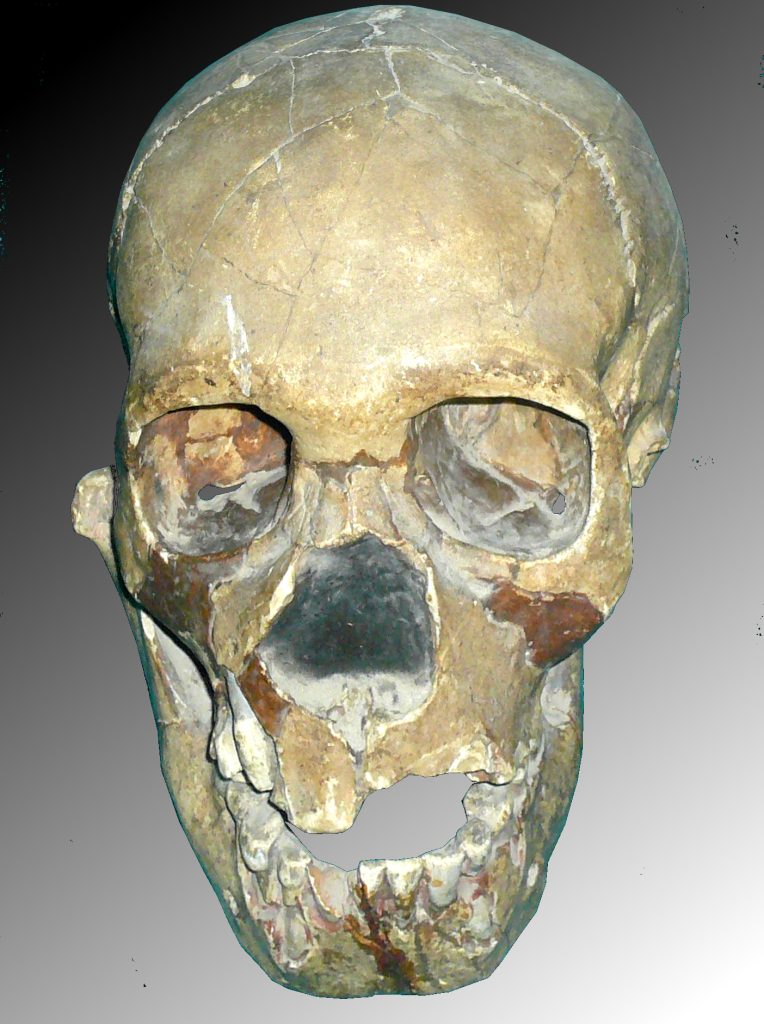
6. Redating the Timeline of Human Contact and Contact
The hybrid morphology of the Skhul child, combined with the early age of the cemetery, forces a reassessment of the timeline of hominin contact. Fossil and genetic records confirm that Homo sapiens had a much earlier departure from Africa than previously estimated, and evidence from Misliya Cave extends the date to at least 177,000–194,000 years ago. Genetic analysis uncovers several waves of interbreeding between Neanderthals and present-day humans, not merely in Europe and Asia but also in the Levant. These data contradict uncomplicated “replacement” models and affirm a more complicated model of gene flow, admixture, and cultural exchange.
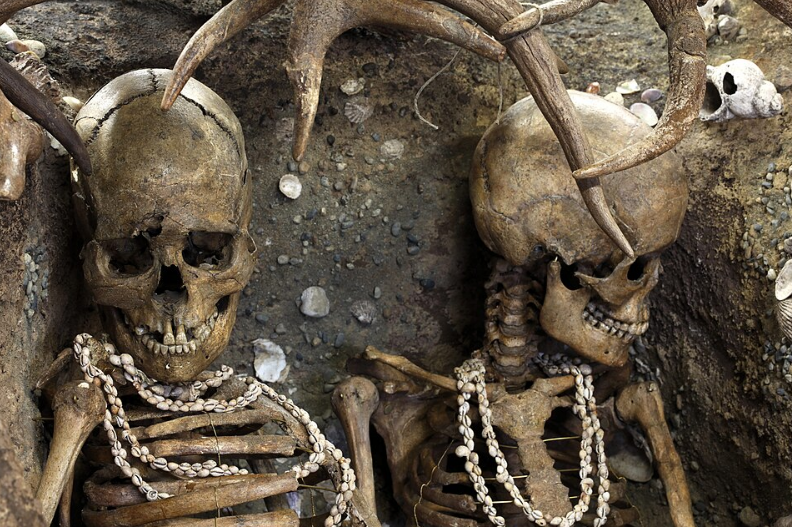
7. Burial, Memory, and the Human Mind
The intentional burial of the Skhul child, irrespective of her hybrid origins, heralds an extreme reorganization of hominin cognition and social structure. Archaeologists have come to differentiate between mortuary behaviors, or those immediate reactions to death, and funerary behaviors, which include the remembering and symbolic incorporation of the dead into social memory. The development of cemeteries and grave goods in the Middle Paleolithic signals the beginning of a specifically human relationship with death that goes beyond mere survival. As one scholar notes, “The most striking innovation of the hominins was the addition of sites to the remembrance of the dead.”
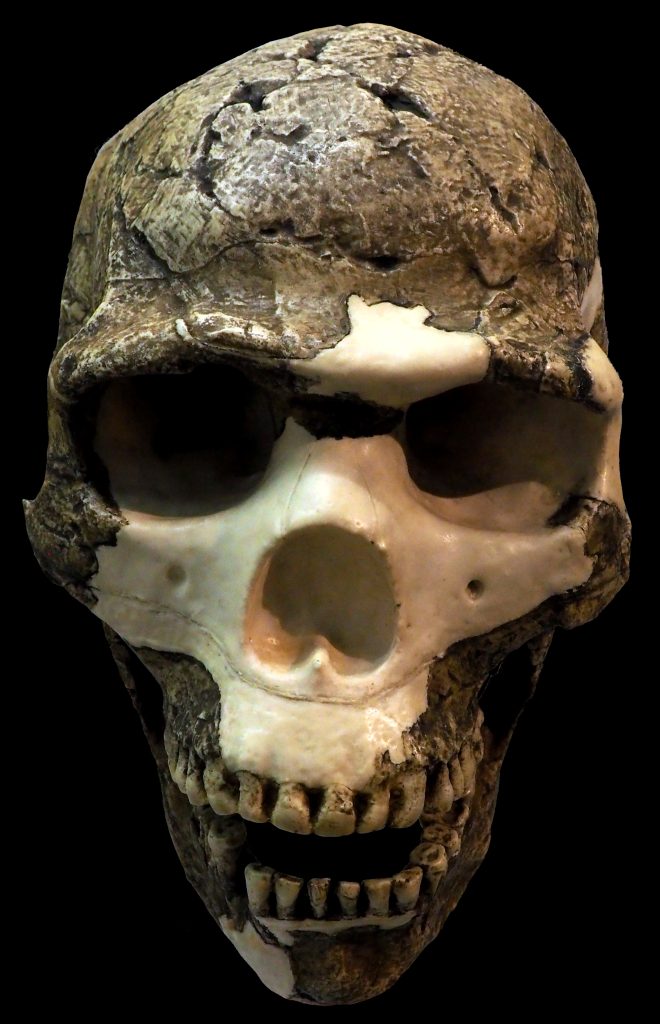
The Skhul Cave child is a reminder of the complicated heritage of our own species, in which biology and culture became entwined in ways only now emerging through the prism of contemporary science.
